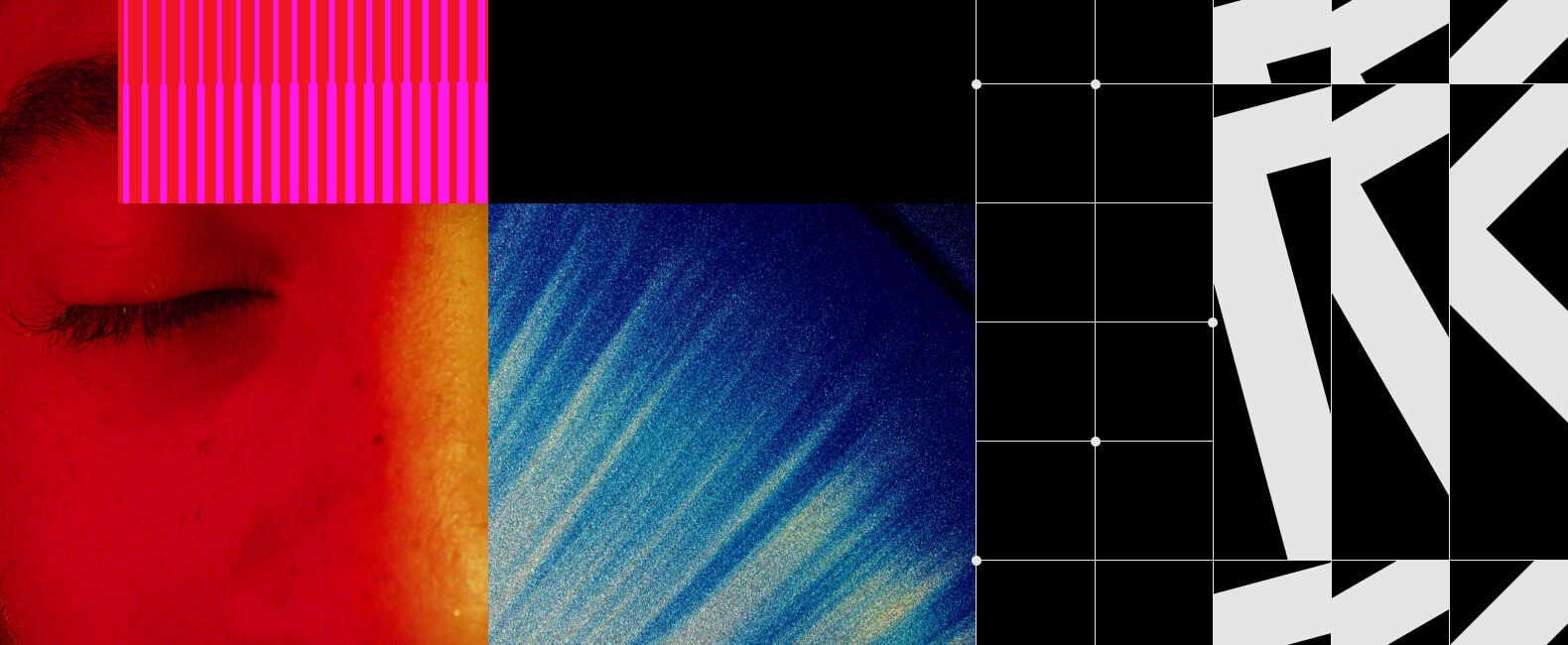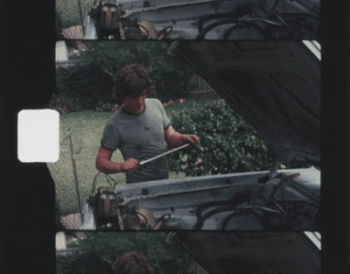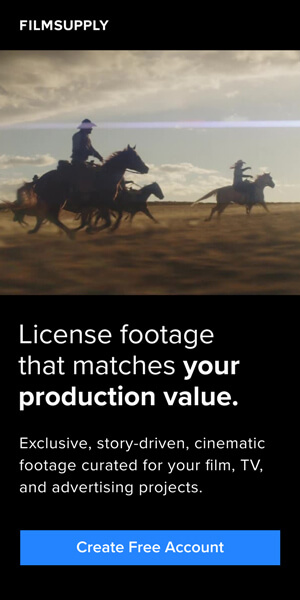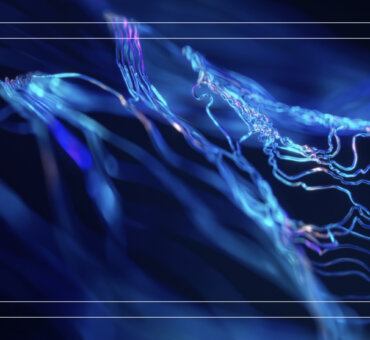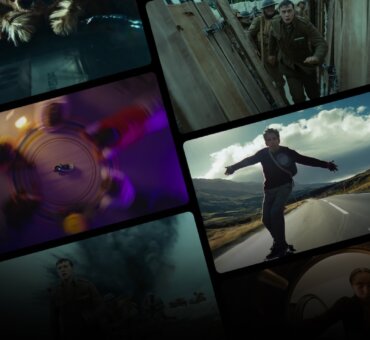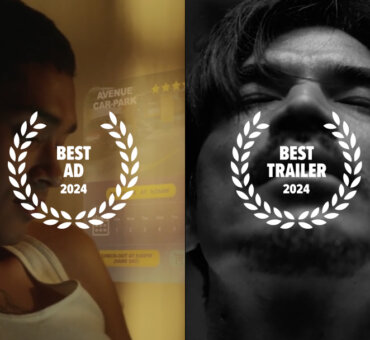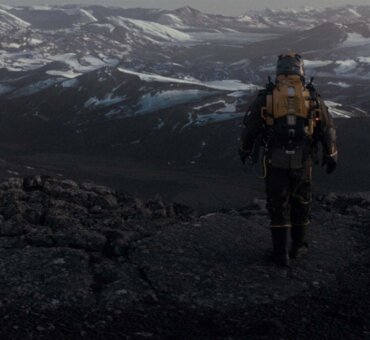In 2025, the demands of commercial filmmaking are higher than ever. Today’s audiences are more discerning than ever, demanding content that feels authentic and emotionally resonant. Commercial filmmaking trends are evolving rapidly, demanding filmmakers to adapt and innovate constantly.
Check out the 10 commercial filmmaking trends we foresee transforming the media landscape in 2025.

TREND #1: Unique, Unconventional Points of View
Ask any DP, and they will tell you that a beautiful frame is the most effective way to captivate audiences. But in the world of commercial filmmaking, this isn’t enough anymore. With ads competing for audiences’ shorter attention spans, keeping viewers engaged requires dynamic camera movements and framing.
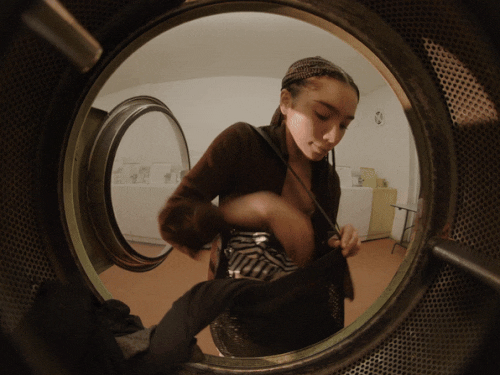
Technological advances—smaller cameras, FPV drones, probe lenses, and robotic arms—have empowered filmmakers to break boundaries and reimagine what’s possible.
Unique camera placements, like a protagonist’s first-person perspective or the viewpoint of an inanimate object, invite the audience into a story in new and engaging ways.
The camera can be placed almost anywhere with little to no creative restraints. This allows filmmakers to avoid the mundane without compromising image quality or budget.
So by daring to place the camera where it’s never been, there is a clear opportunity to deliver the unique, unforgettable experiences that today’s audiences crave.
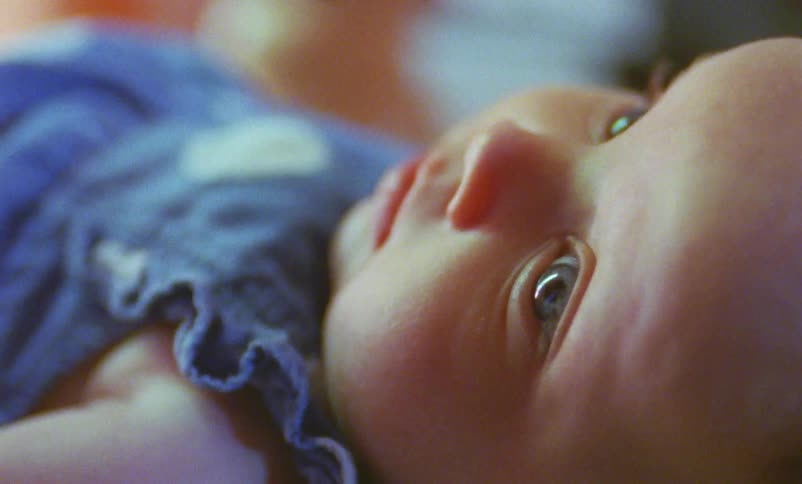
TREND #2: Analog Footage
When faced with bringing the past into the present, nothing works faster to connect your audience to your story than footage shot on film.
Nostalgia is a powerful storytelling tool that can ground your narrative in reality like nothing else.
From vintage footage to textural film grains, audiences instantly connect with this timeless aesthetic.
There’s a warmth and authenticity that only real film can bring to a project. They’re qualities that digital often struggles to replicate.
While digital filmmaking has become the industry standard, top filmmakers increasingly turn to film to infuse their work with depth and texture.
As director Brady Corbet of The Brutalist puts it, “Digital photography versus shooting on celluloid is the difference between painting with watercolor and painting with oil.”
Filmmakers who embrace this trend this year will find that film’s tactile quality remains a powerful way to evoke emotion, craft timeless visuals, and stand out in a digital-first world.

TREND #3: Bold, Saturated Colors
Color has always been a cornerstone of storytelling in advertising. The greens, the blues, the oranges, the reds, the yellows — all of it.
But now, color palettes are taking on a bolder and more intentional role, becoming central to brand identity.
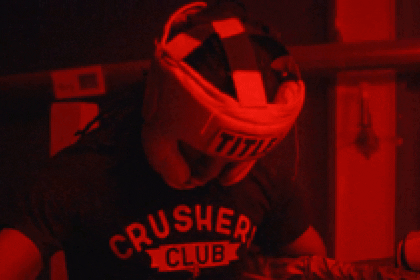
Brands like Jaguar are redefining expectations with hyper-saturated palettes and art directions seamlessly merging fashion, design, and advertising.
While the rebrand is open to debate, Jaguar’s advertising’s striking use of color and patterns creates an otherworldly aesthetic that demands attention.
This evolution is also reflected in the creator economy, drawing inspiration from HBO’s original series Euphoria, where dramatic washes of blue, purple, and orange saturate the frame.
When it comes to set design, we can follow interior design trends, favoring colorful, individualistic settings that feel real and hyper-curated. Gone are the days of neutral backdrops; color is a dynamic storytelling tool today.
Filmmakers should approach color with intention. Monochromatic tones evoke intimacy, while contrasting palettes inject tension and energy. The palette you choose could be the most memorable part of your story.
Download the Full Trend Report
Hypnotic choreography, analog experiences, striking surrealism, and more, see all 10 commercial filmmaking trends for 2025.
By entering your email into the field above, you are opting in to receive communications from Stills. You can unsubscribe at any time by clicking the ‘unsubscribe’ link at the bottom of our emails.
